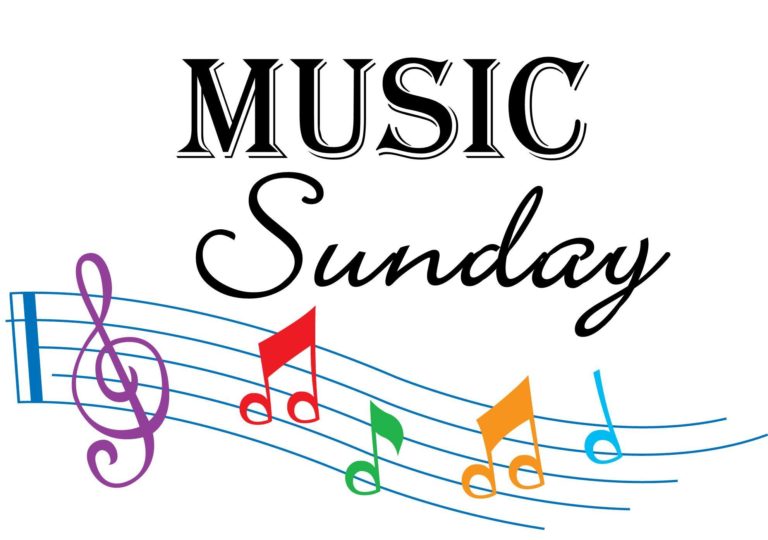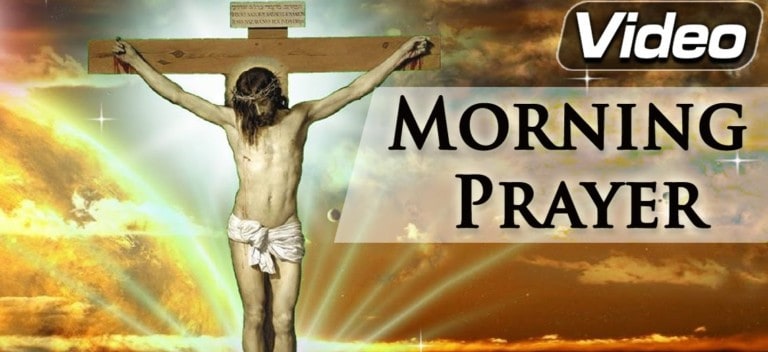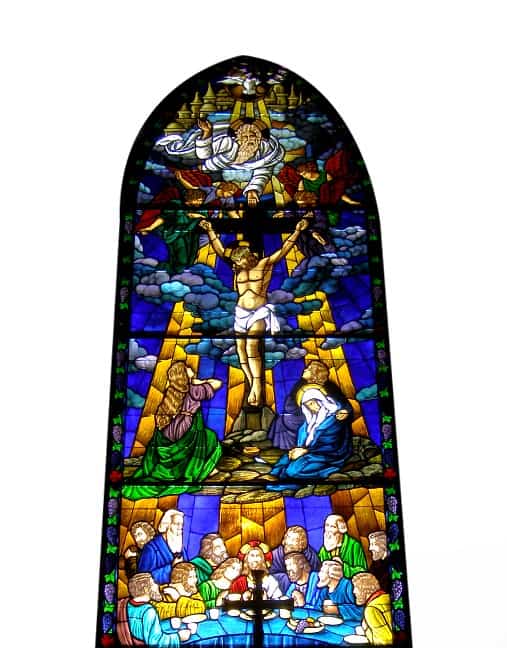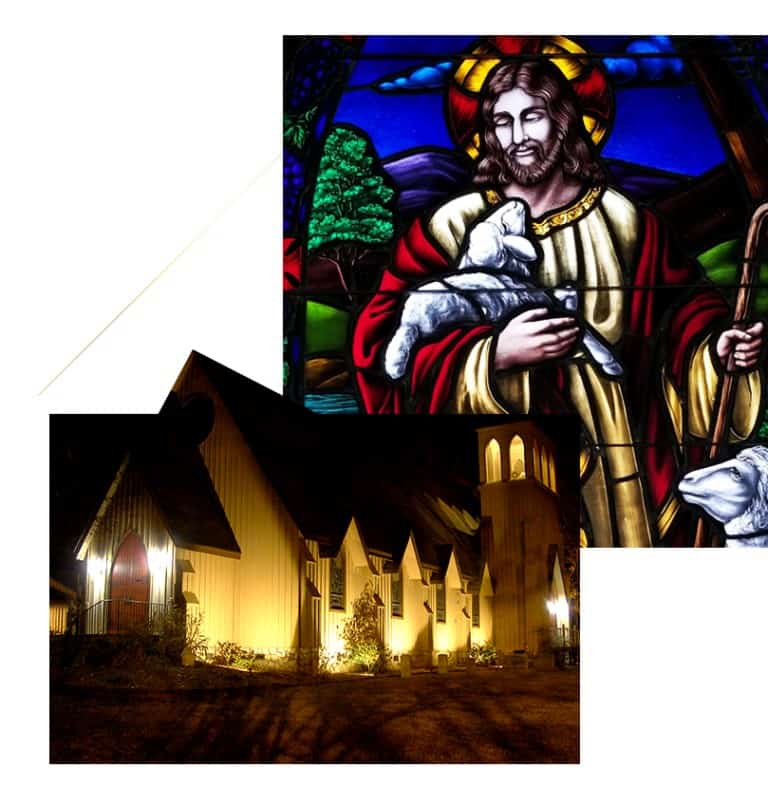Behold Your King
Sermon Preached by Fr. Allen at St. Michael the Archangel Anglican Church in Matthews, NC for Palm Sunday, March 24, 2024.
“This is Jesus the King of the Jews.” In the Name of the Father, and of the Son, and of the Holy Ghost. Amen.
Between our entrance rite where we read and participated in Matthew 21:1-11 and our Gospel Reading of our LORD’s Passion (27:1-54), we have quite literally covered all of Holy Week from Jesus’ Triumphal Entry to His Tragic Exit, from the Galilean reception of Jesus as the promised King to Jerusalem’s rejection of Him as that King. And all along the way Matthew documents, in some of the most incredible short-hand, how all of it was done according to God’s plan – yes, the scribes and pharisees were executing their plans for getting rid of Jesus, yes, Pilate was executing his plans for quelling a riot, but most amazingly of all, God was executing the plans He had been developing ever since the Book of Genesis, and it all starts with that donkey ride.
Ever since Jacob blessed his son Judah with the promise that a ruler would come through him who would come with an abundance of wine and tie his donkey to the choicest vine (Gen.49:9-12), God’s people knew that their Kings rode on humble donkeys not mighty horses (like David and Solomon in 1Kngs.1:38-40). And prophets, like Zechariah told the people that there was an even greater donkey rider to come (Zech.9:9).
And what becomes even more amazing, is how Zechariah even told what would happen to him when he did come: Jerusalem would look upon him after they pierced him (12:10); struck him (13:7); slaughtered him, and valued him for 30 pieces of silver (11:7,12) – silver that was thrown to the potter, which brings in all of Jeremiah prophecies too (the potter and pot – 18:1-11; 19:1-13; innocent blood – 2:34; 7:6; 19:4; 22:3,17; 26:15; buying a field – ch.32;etc.).
But all of these other prophecies only fall into place because Jesus chose to ride the donkey, like a Davidic king, into Jerusalem. It’s this that gave the scribes and pharisees their accusations they needed to have Him crucified. By bringing Jesus to Pilate with the charge that Jesus was claiming to be king, they were ensuring that Jesus would be put to death like all political rebels – by crucifixion – the fate Jesus Barabbas was awaiting if he had not been granted amnesty (cf.Matt.27:16-17, NIV).
You see, Crucifixion wasn’t only used for its torturous value, but its ability to publicly, unmask, in a deliberately grotesque manner, the pretension and arrogance of anyone who exalted themselves beyond their station. So, if Jesus claimed to be king, Rome would make sure those who were tempted to follow Him would see their would-be king robed, crowned, and exalted for the world to see by crucifixion; but because God was the executing his plan through all the plans of the others, not a detail of Jesus’ mock, parodic exaltation would be wasted.
As the trial unfolded, Jesus took the opportunity to also reveal Himself as Isaiah’ Suffering Servant (42:1-4; 49:1-6; 50:4-7; 52:13-53:12), Who does not “cry aloud or lift up His voice” but instead “like a sheep that before its shearers is silent, He opened not His mouth (42:2; 53:12). And just as that Servant was to be “pierced for our transgressions” and “crushed for our iniquities” (Is.53:5), so Matthew shows Him being robed in scarlet, being spit upon, and beaten with reeds (Matt.27:28,30). We gloss over these details, but back in the day this was a direct reference to what happened to Passover’s “scapegoat” – the one that carried the sin out of the land (Lev.16:20-22). According to the Apostolic Fathers, the people in Jesus’ day would “spit upon that goat, jab it, tie scarlet wool around its head, and then let it be driven out into the wilderness” (Ep.Barnabs 7:8).
But of course, King Jesus as the Scapegoat of the greater Passover, was going to carry the sins of His people a lot further than just outside the land, but to hell itself, the result of which would allow us to see Jesus not only as the coming King, the promised Servant, or the One who saves us from our sins, but also as the incarnate LORD God.
We see this in what Matthew tells us happened after Christ’s death and the subsequent earthquake: the tombs were opened and upon Christ’s Resurrection, many saints were raised (Matt.27:52-53). Matthew gives us this detail so that when we look up at Jesus there on the Cross, we will say, as many of us do when the Elements of the Eucharist are raised: “My Lord and My God.” Matthew wants us to think of Ezekiel 37:13, which says, “Ye shall know that I am the Lord, when I have opened your graves, O my people, and brought you up out of your graves” (see also Isa.26:19; Dan.12:2; Jhn.5:25-29).
Do you see how God marvelously executed His plan to save and redeem His people? While the people of Jerusalem thought they were abolishing Jesus by their actions, God was establishing Jesus as the Suffering Servant King Who would remove the sins of His people and be worshipped as the incarnate Lord. And worshipping as such, is what we do now as we offer Him our thanksgiving. For “the hour cometh and now is when the true worshippers shall worship the Father in Spirit and Truth. For the Father seeketh such to worship Him.” Amen.





